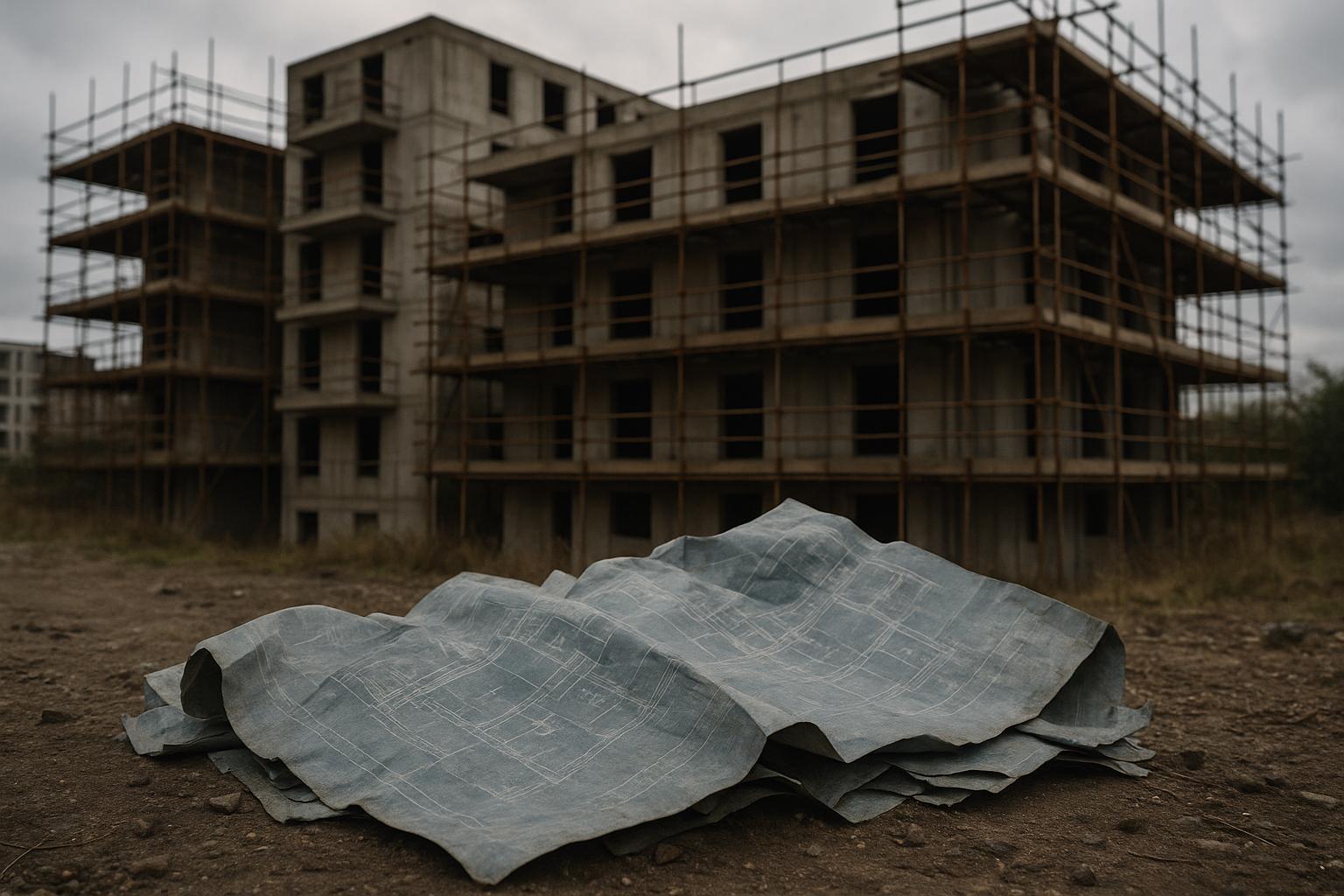London’s housing market is facing a significant downturn, with a marked drop in both construction activity and affordable housing delivery. Normally, around 60,000 to 65,000 homes are under construction in the capital at any given time, but current figures reveal a sharp fall to just 40,000. This trend is expected to worsen, with projections showing that by the start of January 2027, the number of new homes actively being built is likely to plummet to between 15,000 and 20,000. This dramatic decline highlights the severity of the crisis facing London’s housing sector.
To address the slow pace of development and stimulate the market, Housing Secretary Steve Reed and Mayor Sadiq Khan are poised to temporarily reduce the affordable housing requirement from the previous 35% mandate to approximately 20%. This adjustment will be in place for up to two years, encouraging developers to accelerate projects and take advantage of the relaxed rules before the expected return to higher affordable housing targets ahead of the May 2028 mayoral elections. According to a City Hall source, the decision signals a pressing need for swift action by developers to maximise these temporary benefits.
The slowdown in housebuilding is underscored by recent data showing that only 30,000 homes were completed in London in the year to June 2025—a 12% drop from the previous year—highlighting a significant decline from the 2019/20 peak. Planning permissions have also fallen to their lowest recorded level since 2006, with just 966 projects approved in the last year. Industry reports, including those from the Home Builders Federation, signal this downturn exacerbates the capital’s ongoing housing affordability problem, as the reduced supply fails to keep pace with demand.
This issue resonates beyond housing alone. According to a report by Public First, sponsored by major developers such as Berkeley Group, British Land, and Landsec, meeting the ambitious target of building 88,000 new homes annually in London could substantially benefit the wider UK economy. The report predicts that increasing homebuilding would raise productivity in the capital by 5.6% over the long term, simultaneously boosting the average Londoner’s take-home pay by around £3,700. Economic gains stemming from such development could reach as high as £40 billion a year by 2034, accounting for 6.5% of London’s GDP and 1.6% of the UK’s GDP, underscoring the broad importance of revitalising housing construction.
In parallel, the UK government has committed £2 billion towards constructing up to 18,000 affordable homes in England, part of a wider plan to deliver 1.5 million properties by the end of the parliamentary term. Construction on these affordable units is scheduled to begin in March 2027, with completions expected by 2029. Prime Minister Keir Starmer’s Labour administration has prioritized housebuilding in its economic growth strategy, including planning reforms designed to speed up construction and alleviate the country’s acute shortage of affordable housing—a shortage that has propelled house prices upwards and worsened access to homeownership for many.
Despite these efforts, challenges persist. A Reuters poll projects that British home prices will still rise by 3.5% in 2025, attributed largely to stable borrowing costs and the ongoing supply shortfall. The government is also expected to miss its broader target of building 1.5 million homes by mid-2029, likely reaching only around one million due to limitations in builder capacity and financial incentives. However, there is cautious optimism that first-time buyer affordability may improve somewhat as the Bank of England is anticipated to cut interest rates quarterly in 2025, potentially dropping the base rate to 3.75% by year’s end.
The current housing shortage, accentuated by the slowdown in both new construction and planning approvals, particularly in London, presents a complex challenge. Stakeholders are grappling with how to strike a balance between ambitious affordable housing targets and the practicalities of stimulating sustained development in a turbulent economic climate. While temporary policy adjustments offer some relief, the capital’s housing market and the broader UK economy stand to benefit significantly from a more consistent and accelerated approach to homebuilding in the years ahead.
📌 Reference Map:
- Paragraph 1 – [1], [3], [7]
- Paragraph 2 – [2], [1]
- Paragraph 3 – [3], [7]
- Paragraph 4 – [4]
- Paragraph 5 – [5]
- Paragraph 6 – [6]
- Paragraph 7 – [1], [3], [7], [2], [4], [5], [6]
Source: Noah Wire Services
